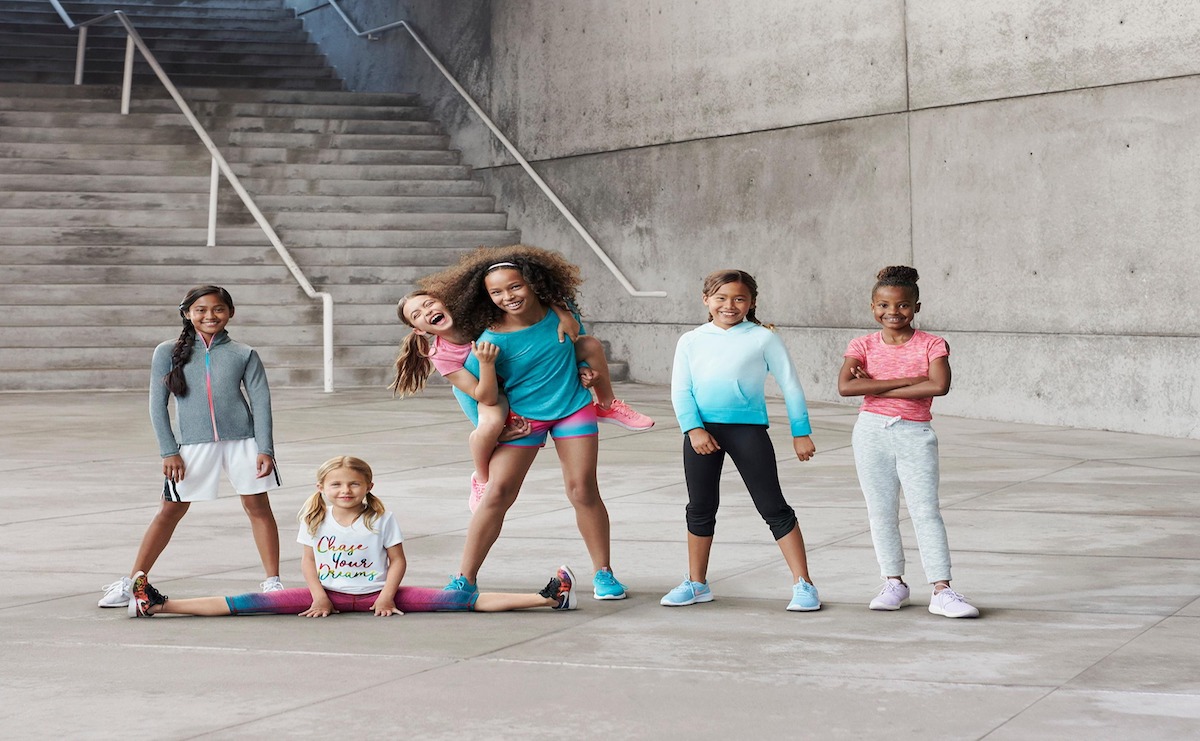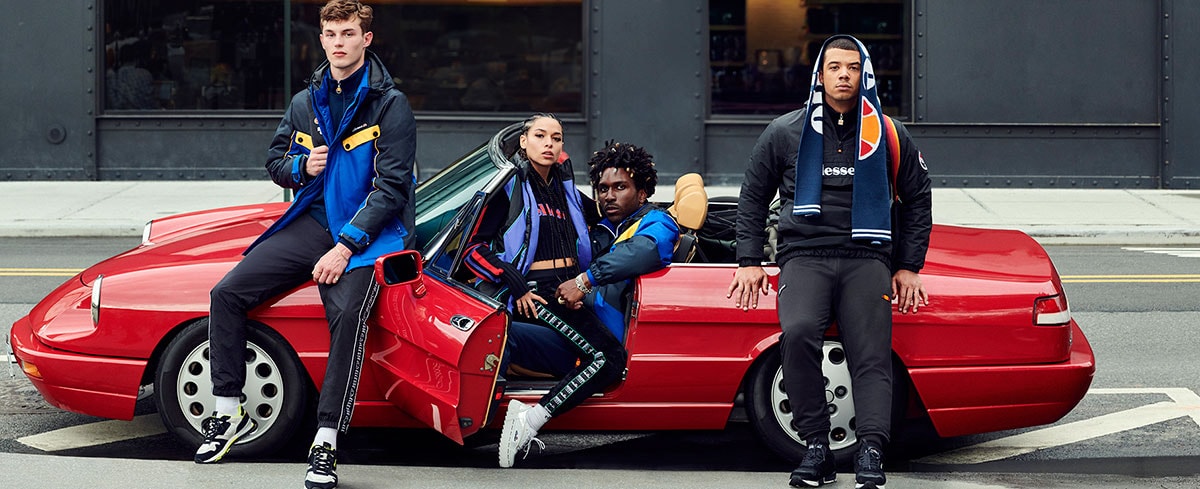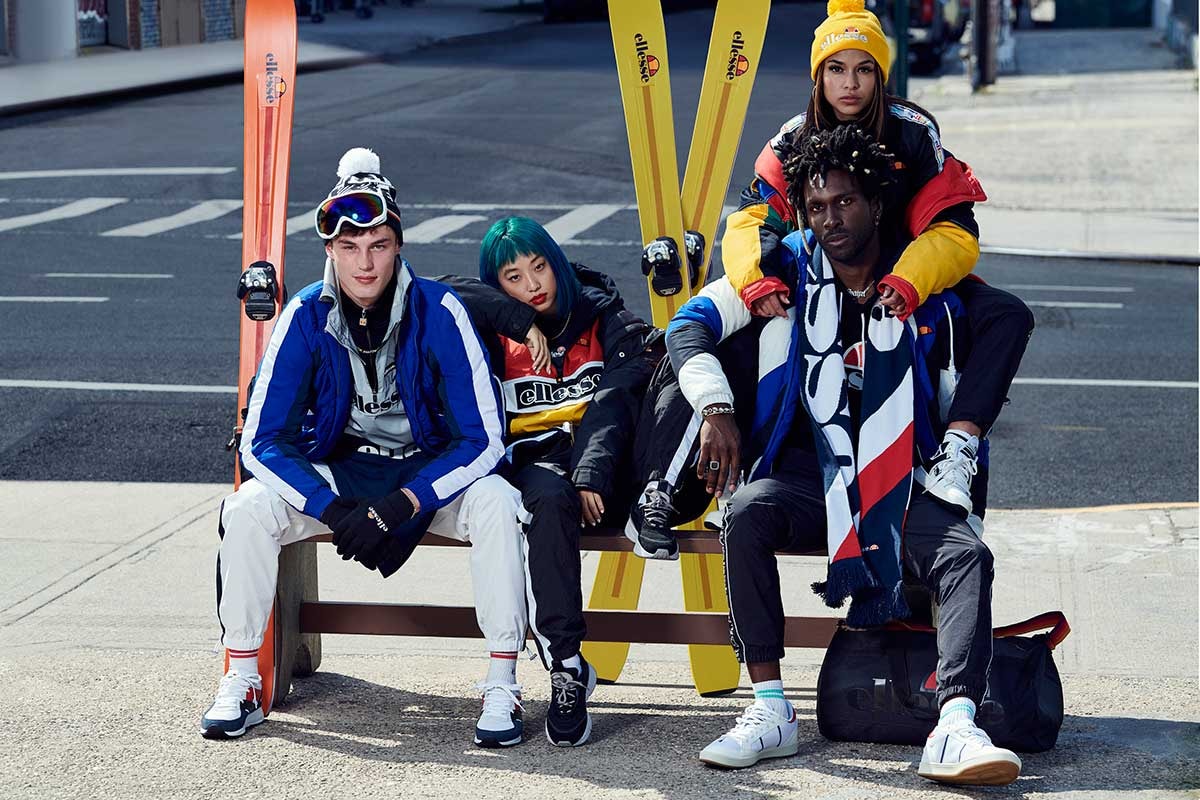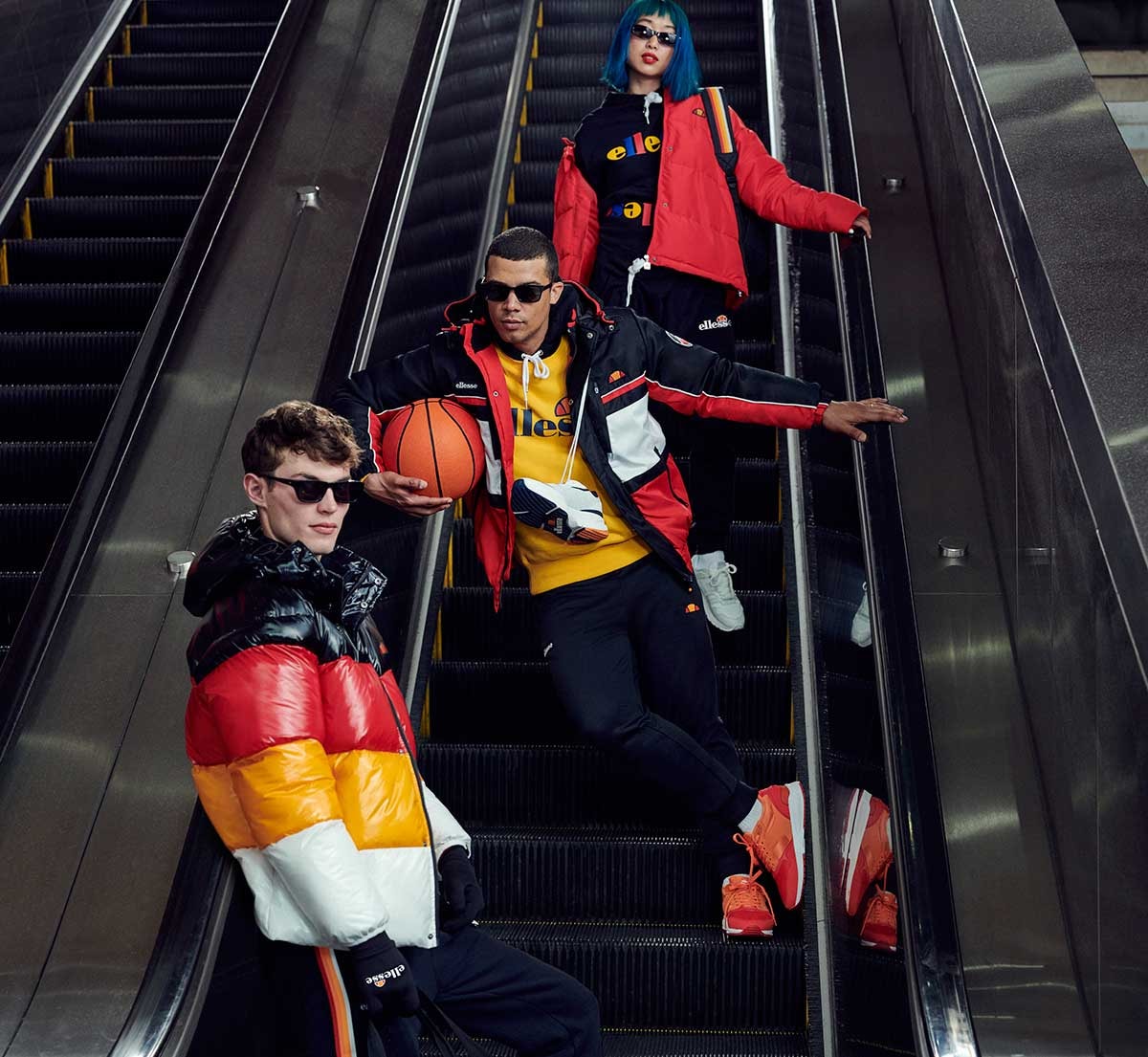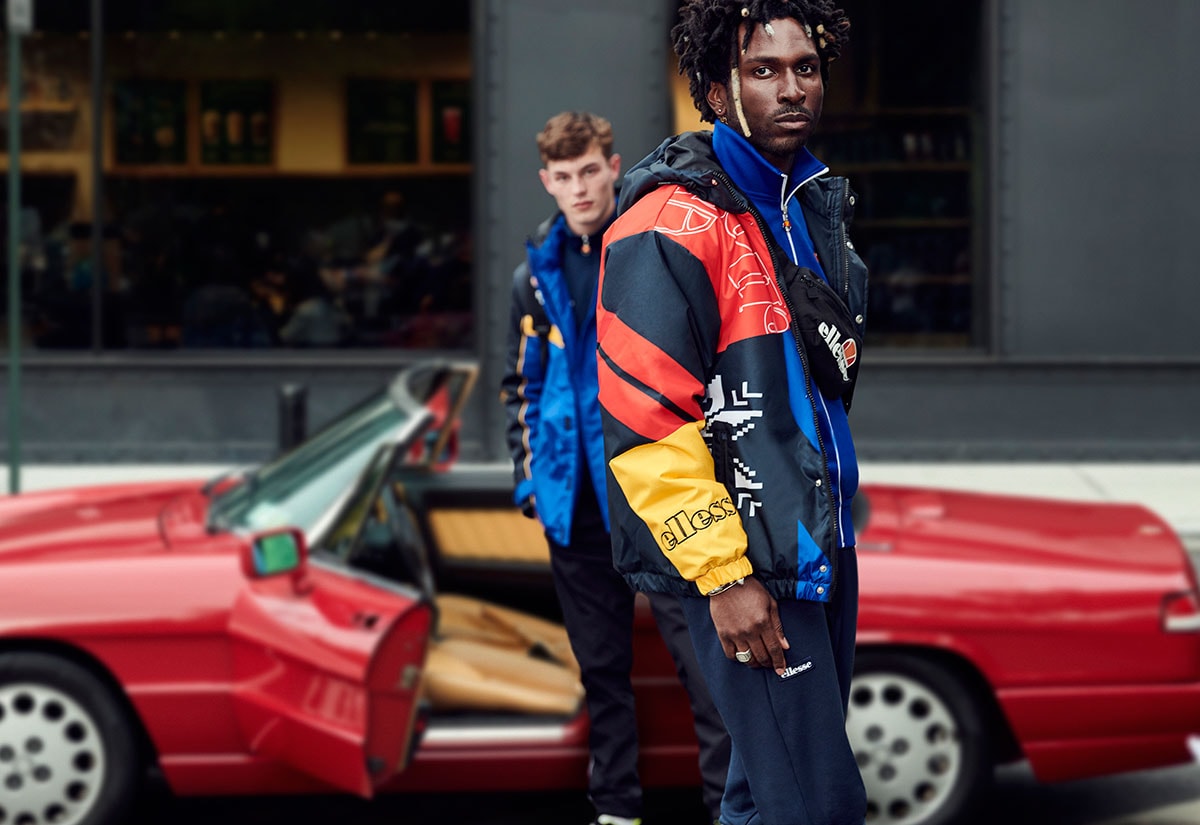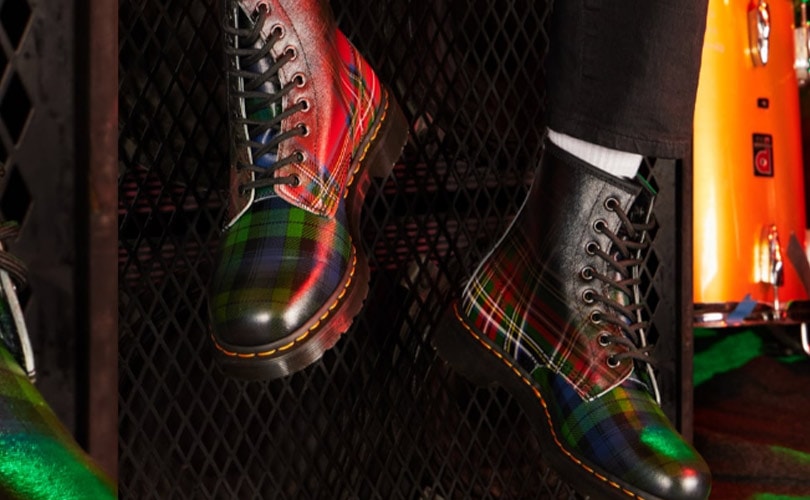
The British may call them "Doc Martin's" and the Americans "Doc
Marten's"; regardless of how you pronounce them, there is a good chance
everyone will agree on this point: No boot in the world has ever managed to
claim nonconformist and iconic adjectives over such a long period of time.
There was no decade in the last almost sixty years of their existence that
Dr. Martens boots did not travel the streets of the world. Of course, there
were also worse phases (the brand’s most difficult time being in the late
‘90s) - but the label is now again at the forefront of fashion. Despite its
longevity, the workwear style of these robust English boots has never lost
its electrifying essence: It is both the indispensable companion of every
self-confident goths, as well as a popular accessory of some of the biggest
fashion figures, whether Kanye West or Nicki Minaj. Punk? Rock? Classic?
Grunge? Male? Female? English? German? No matter: Dr. Martens is tough,
above all.
And it was born twice. The first birth was an accident. A ski accident.
In 1946, Dr. Klaus Märtens broke his foot while skiing. To speed up his
recovery, the clever German physician invented and manufactured an
air-cushioned sole, made from a car tire. The second birth took place 15
years later, when a family of English shoe manufacturers, the Griggs
family, saw an ad by Dr. Maertens in a trade journal. In a flash of genius,
Bill Griggs bought the design from the German inventor because he was
convinced that this practical and comfortable sole would work wonders when
used with professional shoe styles.
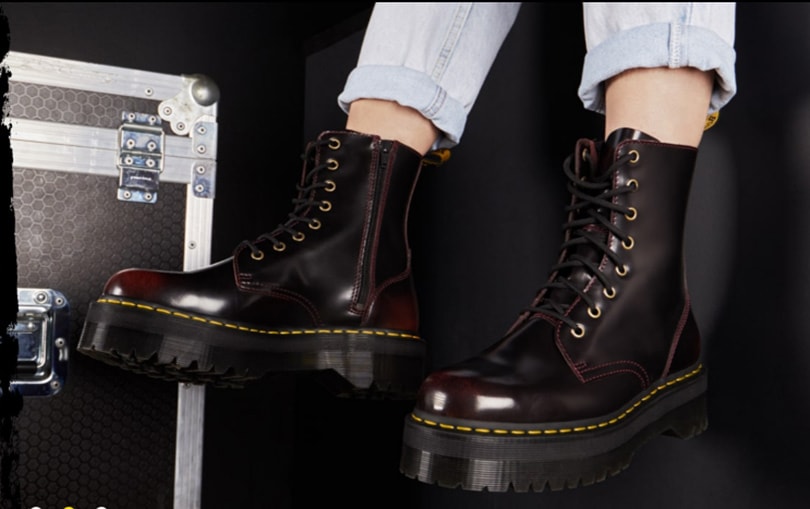
And so, in 1960, in the heart of the village of Wollaston in northern
England, the first English factory of the company was started with the
production of the famous model Dr. Martens 1.4.60 (the name was anglicized
for marketing purposes). This was no April Fool's joke, even though the new
owner would probably have laughed out loud had he been told that these
working-class boots would become the favorites of rebellious teenagers the
world over. Punks, rockers and goths, all wore Doc's. The metal cap, which
adorned the front of some models to protect workers’ toes from falling
pieces, was appreciated by hooligans in particular; you may guess why. In
the early 1970s, the shoes were banned in British stadiums, and the caps
have now been cancelled.
Model 1.4.60 is still in production today and its characteristics are
unchanged: cherry red leather for purists, eight holes, grooved sole, black
and yellow tongue with Bill Griggs' handwriting, visible seams and leather
that is resistant to toxic liquids. All "Originals" models use the Goodyear
technique that makes it possible to stitch most components of the shoe
together with a single seam, thus minimizing the use of adhesives and
adding to the firmness of the whole and the breathability of the foot.
Over the years, the boots changed hands several times as well as their
place of production. A difficult financial situation in the late ‘90s
forced Dr. Martens' parent company, the Griggs Group Limited, to relocate
much of their production. Till today, a team still works in Wollaston on
old machinery for styles from England that respect the original production
process. In the year 2014, the brand was acquired for 380 million pounds
sterling (380 million euros) by Permira investment fund, then owner of Hugo
Boss and New Look. Permira worked wonders though: Since the acquisition,
the shoe company has recorded excellent growth, sales have increased as
well as the operating result. This year, too, the profit of the British
brand rose by 70 percent. What happened?
E-Commerce, cooperation, vegan line: Dr. Martens' recipe for
success
Since the re-conquest of the market in 2014, the brand almost tripled
its sales and opened 60 stores around the world. This re-conquest took
place in quite a classical way, thanks to strong allies like fashion
designers and iconic figures of the English music scene. Collaboration with
designer Marc Jacobs (who re-issued his Grunge collections of 92/93 with a
lot of flair) and the Sex Pistols significantly contributed to the increase
in sales. Another tool was the significant increase of the number of points
of sale: The Group is supported by its network of 109 branches worldwide,
and in the past year alone, Dr. Martens has opened around 20 new branches
in Europe, the USA, Japan and China (Hong Kong). This international
expansion has borne fruits: One third of the turnover comes from the
domestic market, while revenues in Europe, the Middle East, Africa and the
USA are increasing.
Especially one line makes this happen: The "vegan line” launched in
2016, for which the company has replaced the upper leather of the shoe with
synthetic polyurethane plastic. The price of classic models ranges between
110 and 219 euros. These boots already account for four percent of total
sales, which is significant. Permira has also not neglected e-commerce,
which now accounts for 16 percent of the brand's revenue. This is a great
achievement as it meant an increase in online sales of 67 percent in just
one year. Thus, the company, which has been headed by Kenny Wilson
(previously president of Levi's Europe) since last year, ends the year with
a sales increase of 30 percent compared to the previous year. Sales now
amount to to 486.35 million euros. Profit rose by 70 percent. In 2018, 8.3
pairs of Dr. Martens' shoes were sold. That is enough to make Permira
happy. According to reports, the confident financial investor is said to
already be working with investment bank Goldman Sachs to sell the brand for
double its purchasing after polishing the boots quite nicely.
This article was originally published on FashionUnited.fr
. Edited and translated by Simone Preuss.
Photo: Dr. Martens Facebook
* This article was originally published here
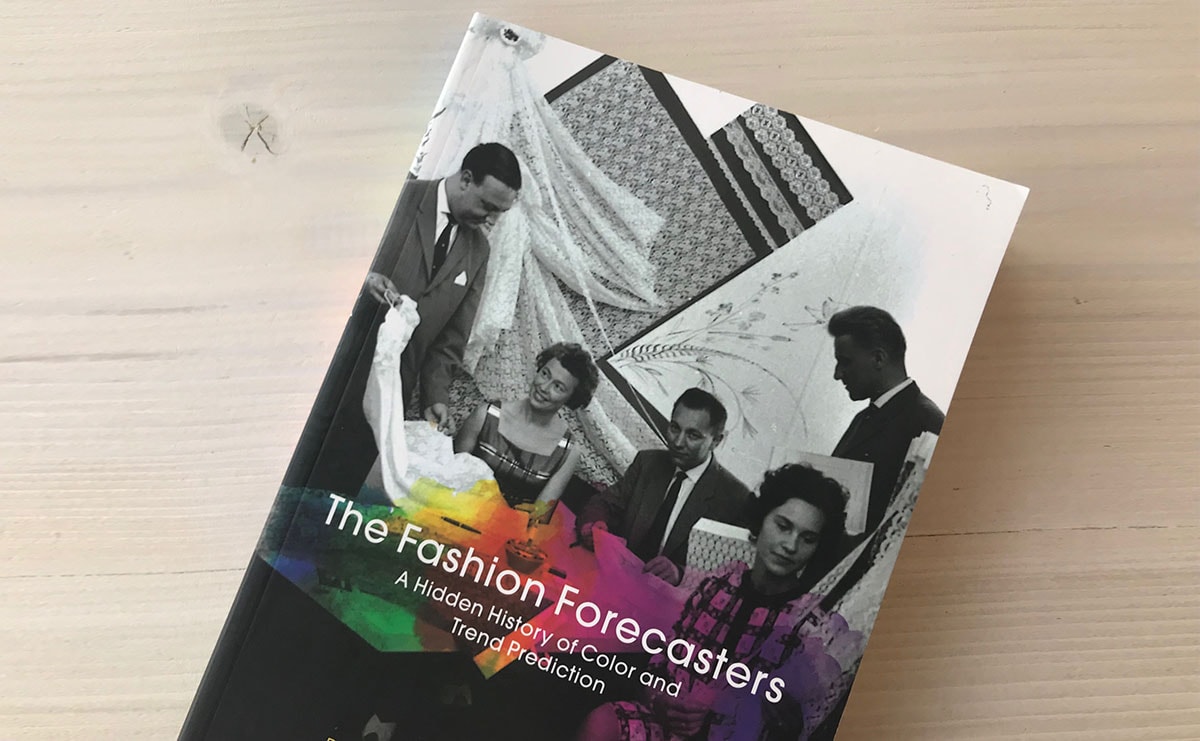 BOOK REVIEW
BOOK REVIEW



